Caregiver's Corner (Blog) is your no-fluff guide to the messy, sacred, everyday work of caring for someone else. Each post covers practical tips, product picks, and real-world advice for at-home caregivers—especially the ones who never got any training. Backed by The Unmedical Manual, these are affiliate-supported resources designed to make hard days a little easier, one smart tool at a time.

How to Tell If Your Loved One is in Pain: 7 Caregiver Tips That Really Work
Pain doesn’t always speak in words. As a caregiver, spotting the subtle signs — from facial expressions to daily habits — can make all the difference. These 7 practical caregiver tips will help you recognize hidden pain early and ease your loved one’s discomfort before it spirals.

9 Unexpected Tools That’ll Save You During Home Care (When Google Isn’t Helping)
You didn’t sign up for this. But here you are, keeping someone clean, fed, and alive with zero training and a browser full of useless tabs. This post skips the sympathy and hands you 9 tools that actually make caregiving at home suck less. No fluff, no jargon — just what works when it’s 2 a.m. and Google isn’t helping.

“What Would Have Helped Me in the First 3 Weeks of Caregiving” — A Letter to the Me Who Had No Damn Clue
The first three weeks of caregiving can hit like a tidal wave—confusion, exhaustion, and not knowing where to begin. This heartfelt letter to your past self is a compassionate guide, helping newcomers navigate those early, blind-start days with practical comfort, emotional validation, and a roadmap toward finding footing in a role no one prepared them for.

You’re Not the Patient: Why “We” Language Can Hurt More Than Help
Using “we” in caregiving phrases can erode the dignity and identity of those you care for. This post explains why distinguishing your role—and respecting the person’s autonomy—is crucial. Discover compassionate alternatives and how to offer support without overstepping.

Where the Hell Is the Help? Finding Real Support as an Unpaid Caregiver
Feeling overwhelmed and alone on the caregiving rollercoaster? You’re not the only one. This post explores real, trusted places where unpaid caregivers can finally find a lifeline—respite care, peer groups, nonprofit resources, and advocacy networks—so no one has to bear this burden alone.

10 Must-Have Tools for Home Caregivers (That Actually Make Life Easier)
Juggling caregiving tasks? Discover 10 tools that actually simplify your day—from mobility aids and organizers to tech alerts and communication helpers. These essentials aren’t just gear—they’re your caregiving support system, helping you work smarter, safer, and more compassionately at home.
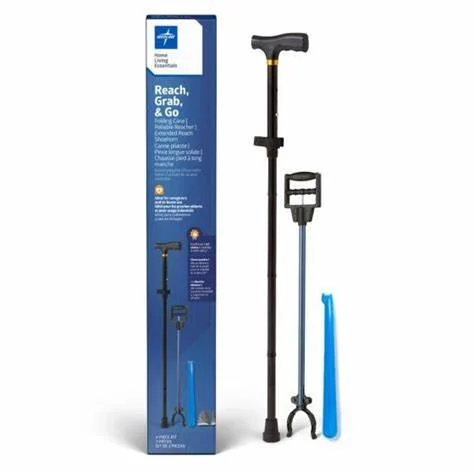
Essentials for Your “Grab & Go” Overnight Respite Kit (for Real Family Caregivers)
When caregiving needs a break, preparing a grab‑and‑go overnight respite kit relieves stress and ensures peace of mind. Pack comfort essentials, personal care items, medical documents, meds, snacks, and emergency contact info—everything you need to step away quickly without missing a beat.

What Day Is It Again? The Strange Flow of Time in Home Caregiving
Caregiving at home can blur the boundaries between today and yesterday. In “What Day Is It Again?”, discover how caregiving warps time—where the clock ticks, but days feel like countdowns, tethered to meds and mishaps. This article explores the emotional weight behind those lost days and what it means to finally feel time again.
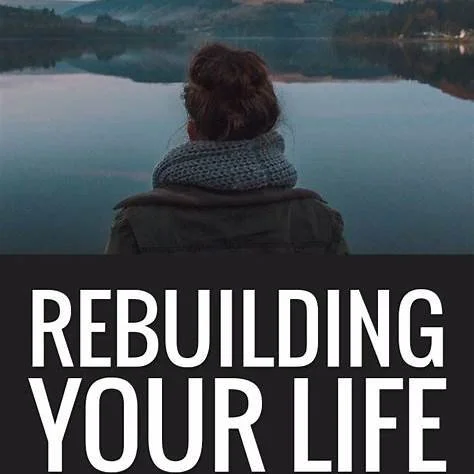
My Watch Is Over: Life After Caregiving Ends
When caregiving ends, a profound—and often unexpected—transition awaits. “My Watch Is Over” explores the quiet aftermath of caregiving: the emotional void, identity shift, and mixed feelings—relief, grief, uncertainty. It guides you gently toward rediscovery, healing, and meaningful new purpose.

7 Budget Hacks for Real World Caregiving
Caregiving at home isn’t cheap—but with smart, real-world budget hacks, you can stretch every dollar without sacrificing care. From swapping bulky chux pads for compact dental bibs to using rinse‑free body wash over sponge baths, these field-tested tips help you work smarter, not harder, so you can thrive as a caregiver without breaking the bank.
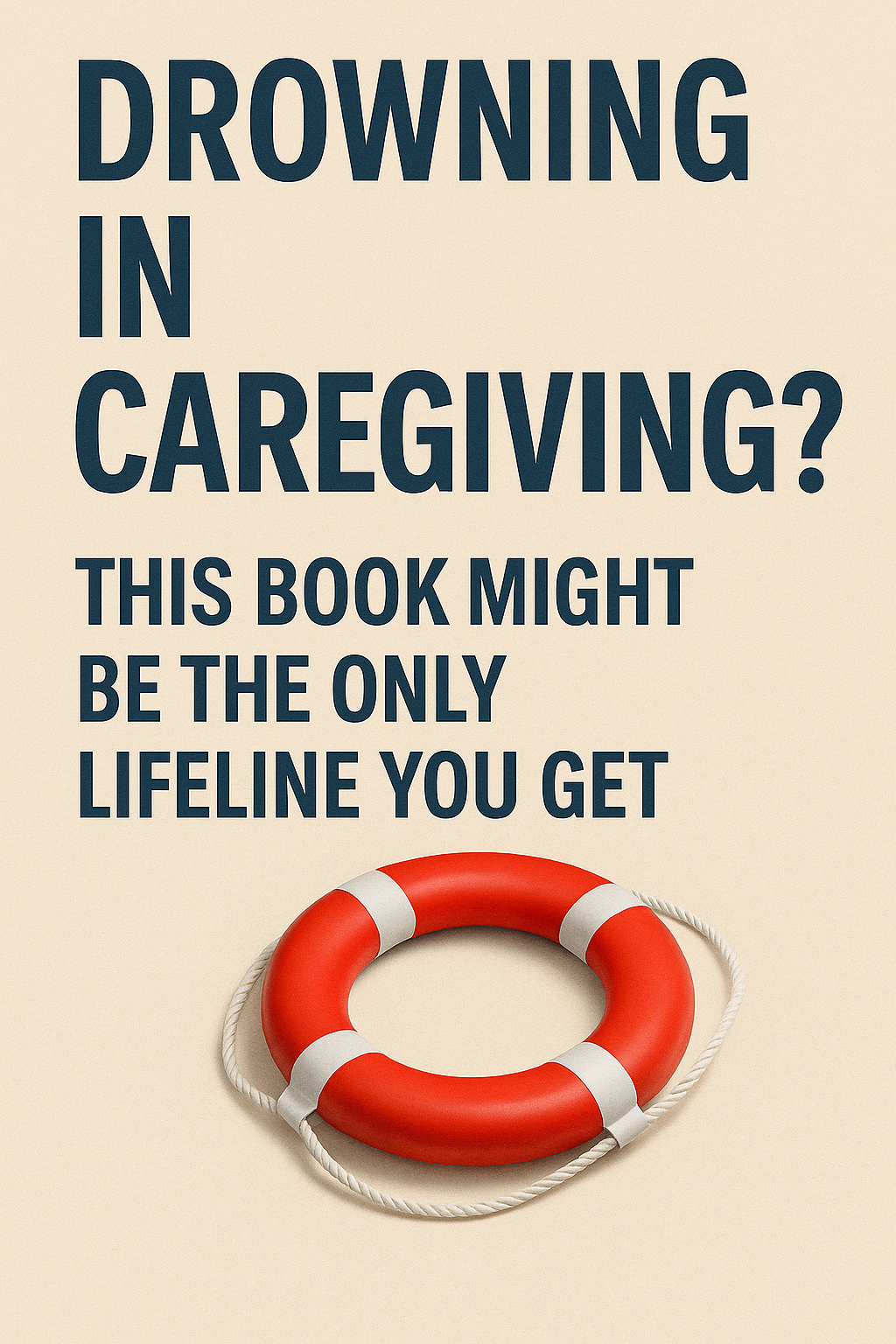
Drowning in Caregiving? This Book Might Be the Only Lifeline You Get
Graphic with bold navy text reading “Drowning in Caregiving? This book might be the only lifeline you get,” above an image of a red and white life preserver on a beige background

How to Bathe Someone Who Can’t Get Out of Bed
Caregiver gently giving a bed bath to a person lying in bed at home, using proper bedside hygiene technique.

How to Step Away Without the House Burning Down: The Care Sheet Fix
Caregiver reviewing a handwritten care-sheet at home, preparing to step away confidently without chaos.
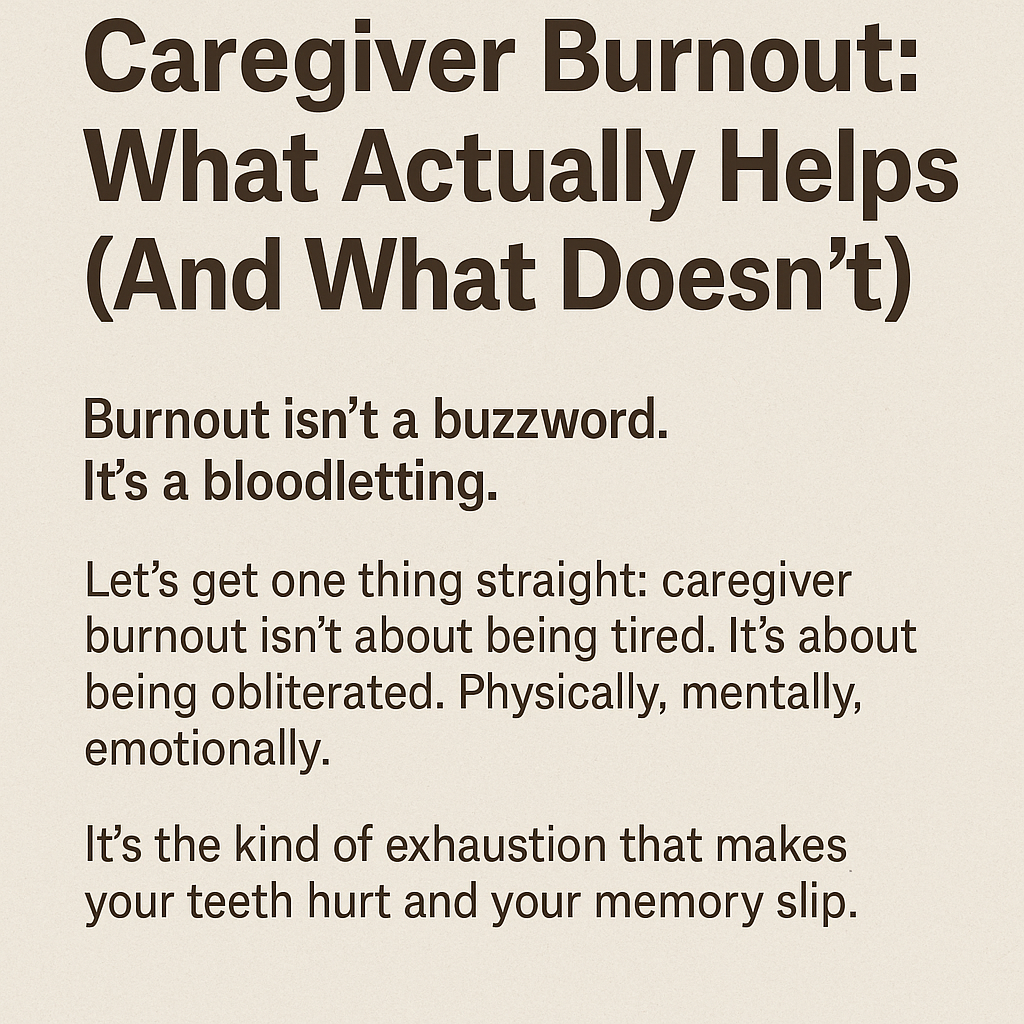
Caregiver Burnout: What Actually Helps (And What Doesn’t)
Text graphic titled “Caregiver Burnout: What Actually Helps (And What Doesn’t)” with bold statements about burnout being a bloodletting and total physical, mental, and emotional exhaustion.

They’re Not Eating. Now What
Caregiver seated next to a loved one at the kitchen table during a gentle, mealtime moment — offering support when appetite is low.
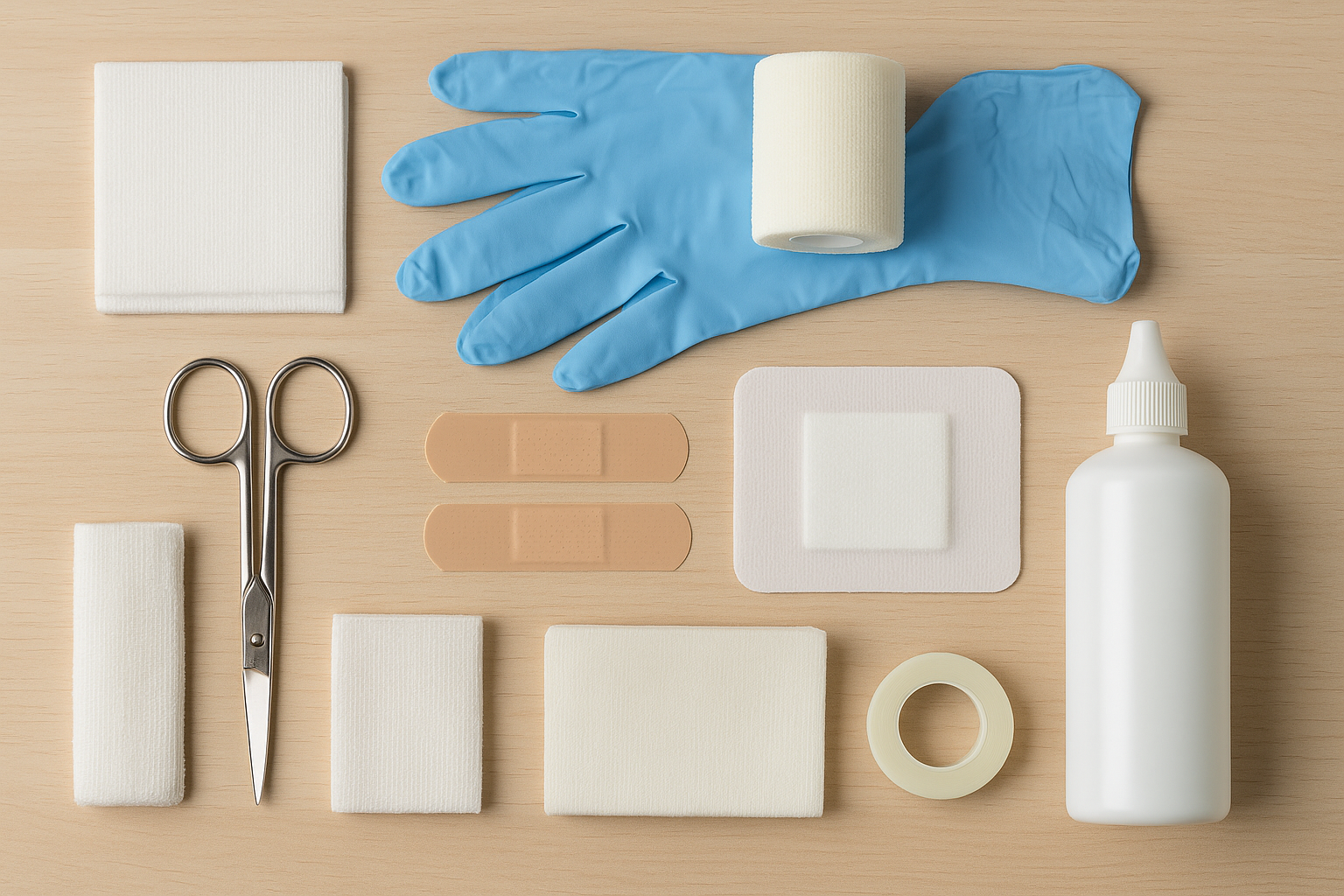
Wound Care Must-Haves for Family Caregivers
Wound care essentials spread on a table: gauze pads, medical scissors, tape, and antiseptic for home caregiving.
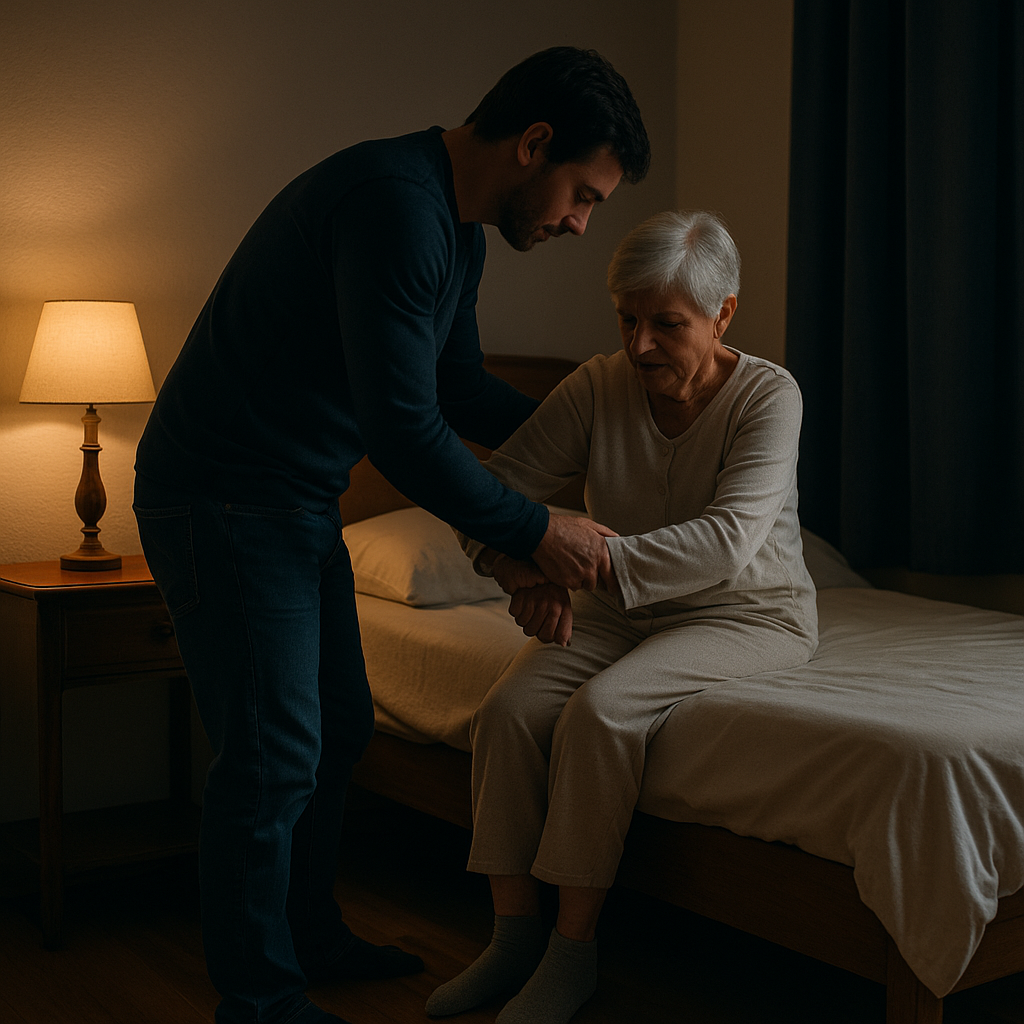
Caregiving Without a Net. 7 Lessons Learned the Hard Way
Caregiver helping a loved one into bed at nighttime in a softly lit bedroom—real-world caregiver resilience.
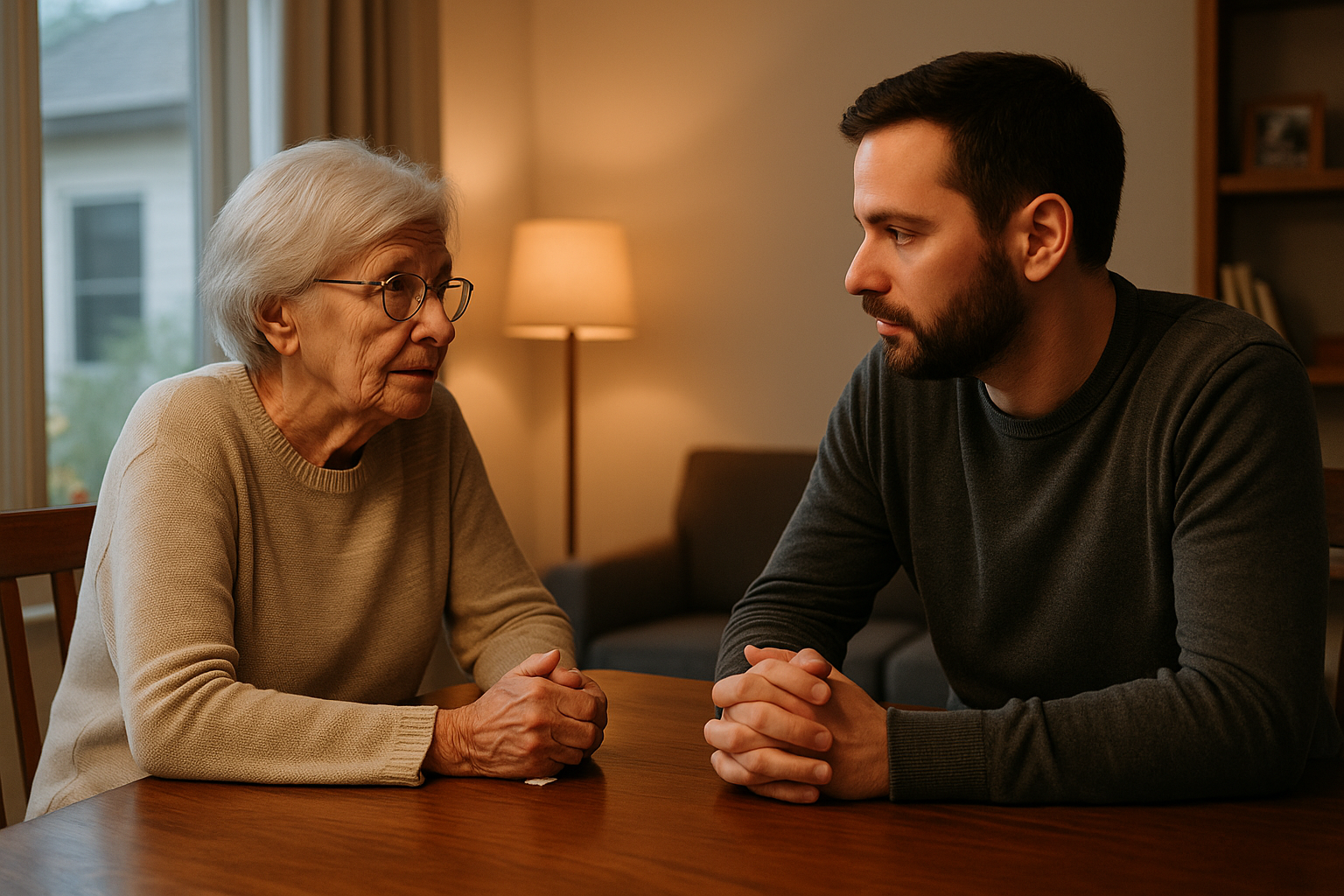
Why Most Caregiver Advice Misses the Point
Caregiver and loved one leaning into a serious but supportive conversation at home — real-world caregiving over clichés.
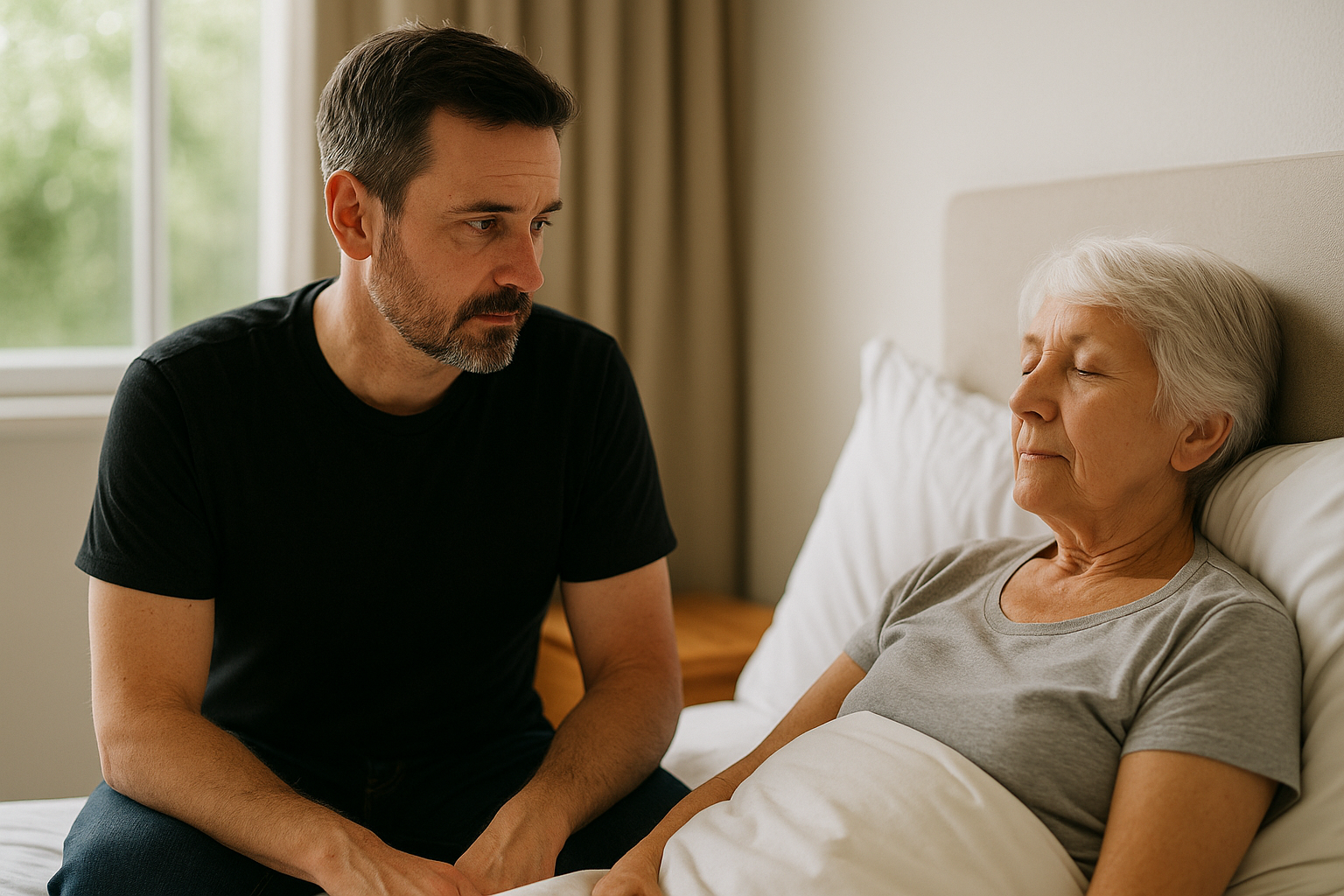
Untrained, Not Uncaring: The Reality of Family Caregivers
Caregiver at bedside offering support and compassion in a quiet moment.
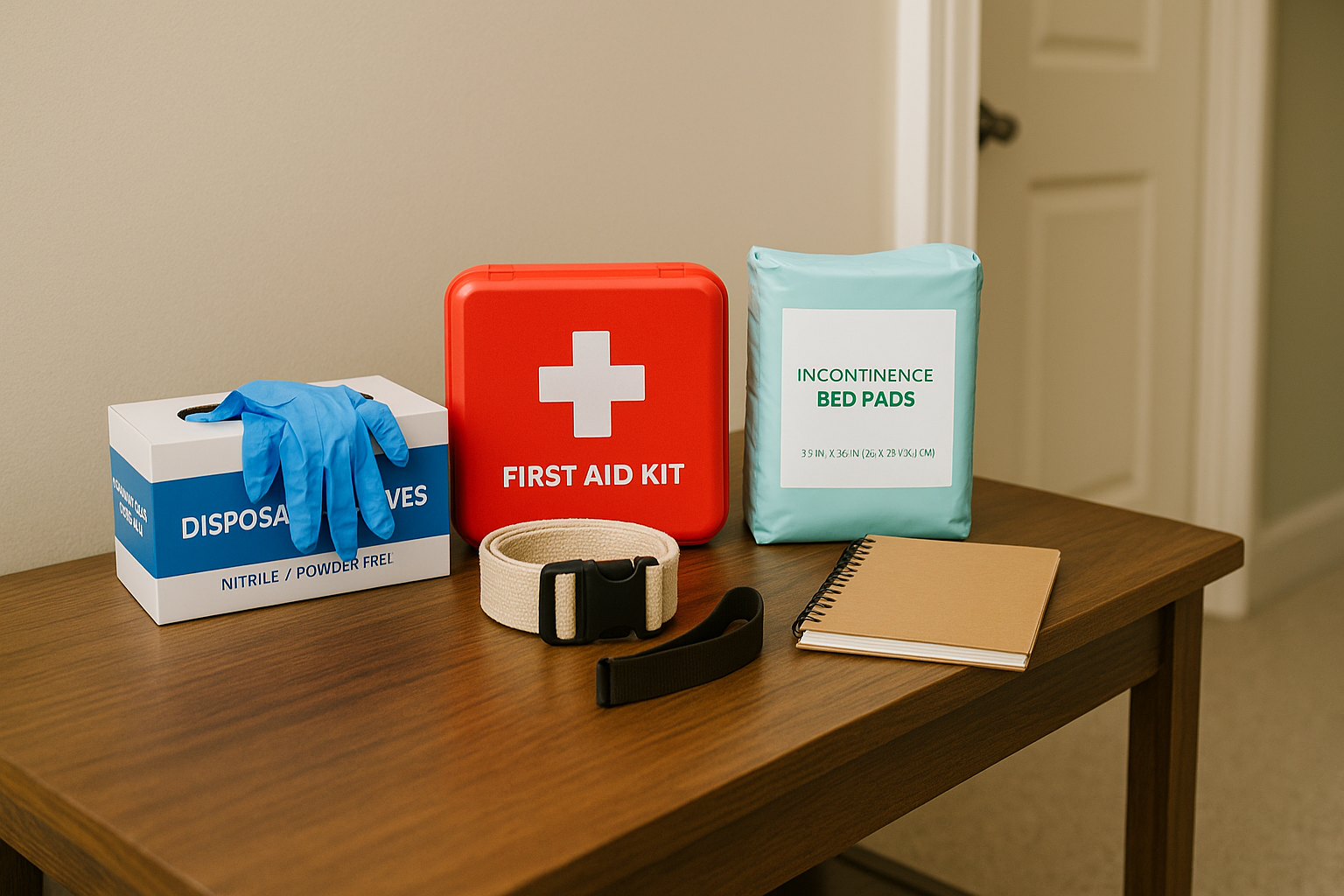
Tools of the Trade: What Every At-Home Caregiver Should Have on Hand
Essential caregiver supplies on a hall table: gloves, first aid kit, gait belt, incontinence pads, and a notebook.
